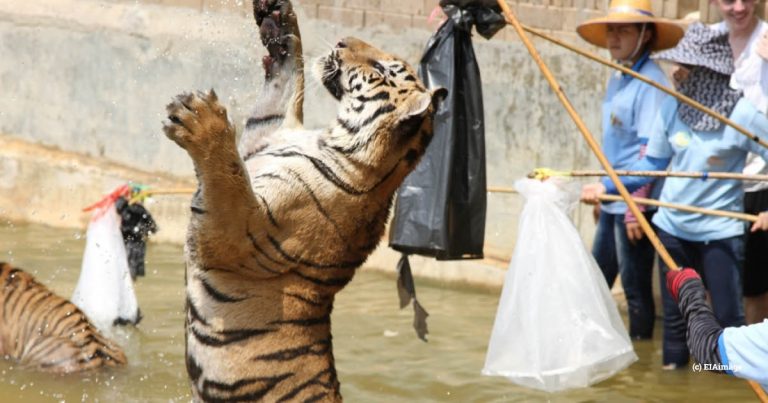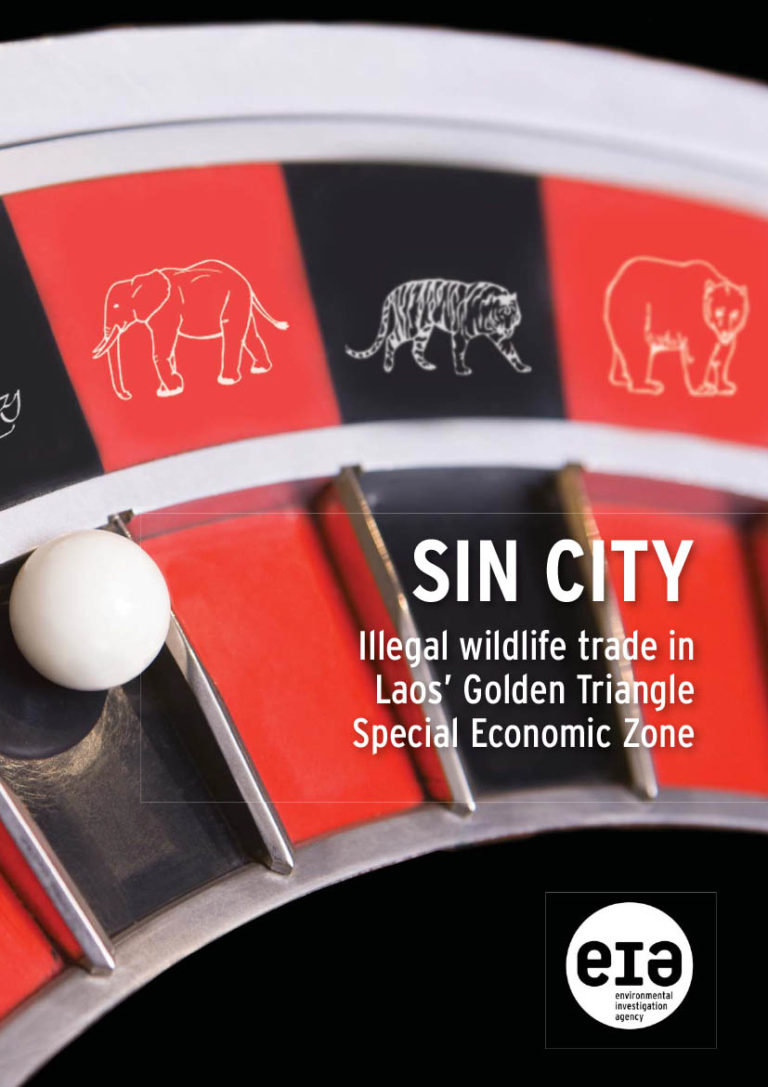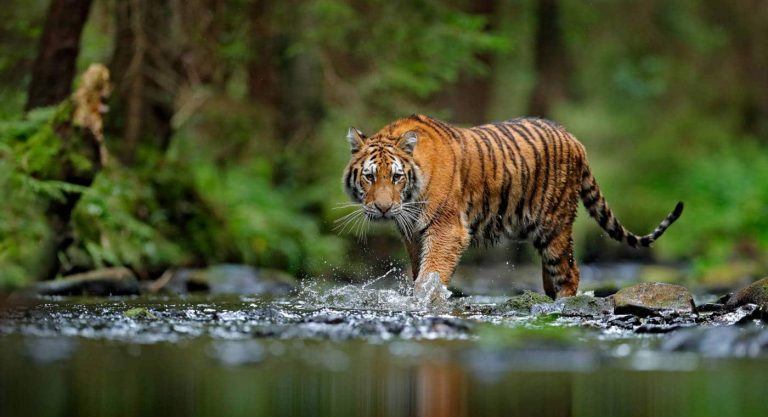Tiger farming in China
We will continue to call for an end to tiger farming and to all trade in tiger parts and products in China. You can help.
Write to your elected representative, and ask them to urge your Prime Minister or President to call upon President Xi to phase out tiger farms and end all trade the parts and products of tigers and other big cats, from both wild and captive sources.

A permit and a tiger skin rug in Xiafeng taxidermy with, inset, permit details (c) EIAimage
China is the original ‘tiger farming’ country. The first ‘tiger farm’ was established in North-east China in 1986, 13 years after international commercial trade in tigers and tiger parts was banned. This was a Government-funded operation to breed tigers for profit, primarily to supply bones for use in traditional medicine.
Click here for a detailed timeline of tiger farming in China.
In the face of international pressure, China banned domestic trade in tiger bone and rhino horn in 1993 via an order from the State Council, the highest body in government. However, China continued to allow domestic trade in tiger skins, and the number of tigers kept in captivity across the country – from large-scale, commercial ‘farms’ to small ‘zoos’ and informal backyard operations – has ballooned to around 6,000 tigers. The ‘tiger farming’ model has also been exported to Laos, Thailand and Vietnam.
In 2018, the State Council repealed the 1993 ban, replacing it with a new order which specifically allows the use of bones from farmed tigers and horns from farmed rhinos in clinical treatment and medical research. After a domestic and international backlash, Government spokespersons stated that implementation of this new order would be delayed, but it has not been reversed, and the State Council website continues to list the 2018 order as valid policy.
As the primary market for tiger and many other endangered wildlife products, China’s laws and policies have a huge impact on the world’s biodiversity. Fewer than 4,000 wild tigers survive worldwide today, and poaching of wild tigers for trade shows no signs of abating. Given this precarious situation, it is crucial that all range states and consumer countries have robust legislation to outlaw all trade in tiger parts and products and impose deterrent sentences on those engaging in tiger trade. A legal trade in tiger parts and products maintains and stimulates demand, complicates law enforcement and undermines efforts to reduce demand for tiger products.
China’s legal trade in tiger skins was documented by us in 2013 (read our report Hidden in Plain Sight). Just like the permit system previously used for legal trade in ivory – which was banned in China in 2017 – this system is seriously flawed and gives traders opportunities to ‘launder’ illegally-acquired tiger parts. We also uncovered industrial level production of tiger bone wine, which traders claimed was sanctioned by a ‘secret’ government document.
We have been campaigning for many years for amendments to Chinese laws and regulations to prohibit all trade in tiger parts and products. A major overhaul of China’s wildlife protection legislation in 2016 was a missed opportunity to conclusively end the tiger trade. President Xi Jinping has shown conservation leadership by banning China’s ivory trade. But he has yet to do the same to save the tiger.






